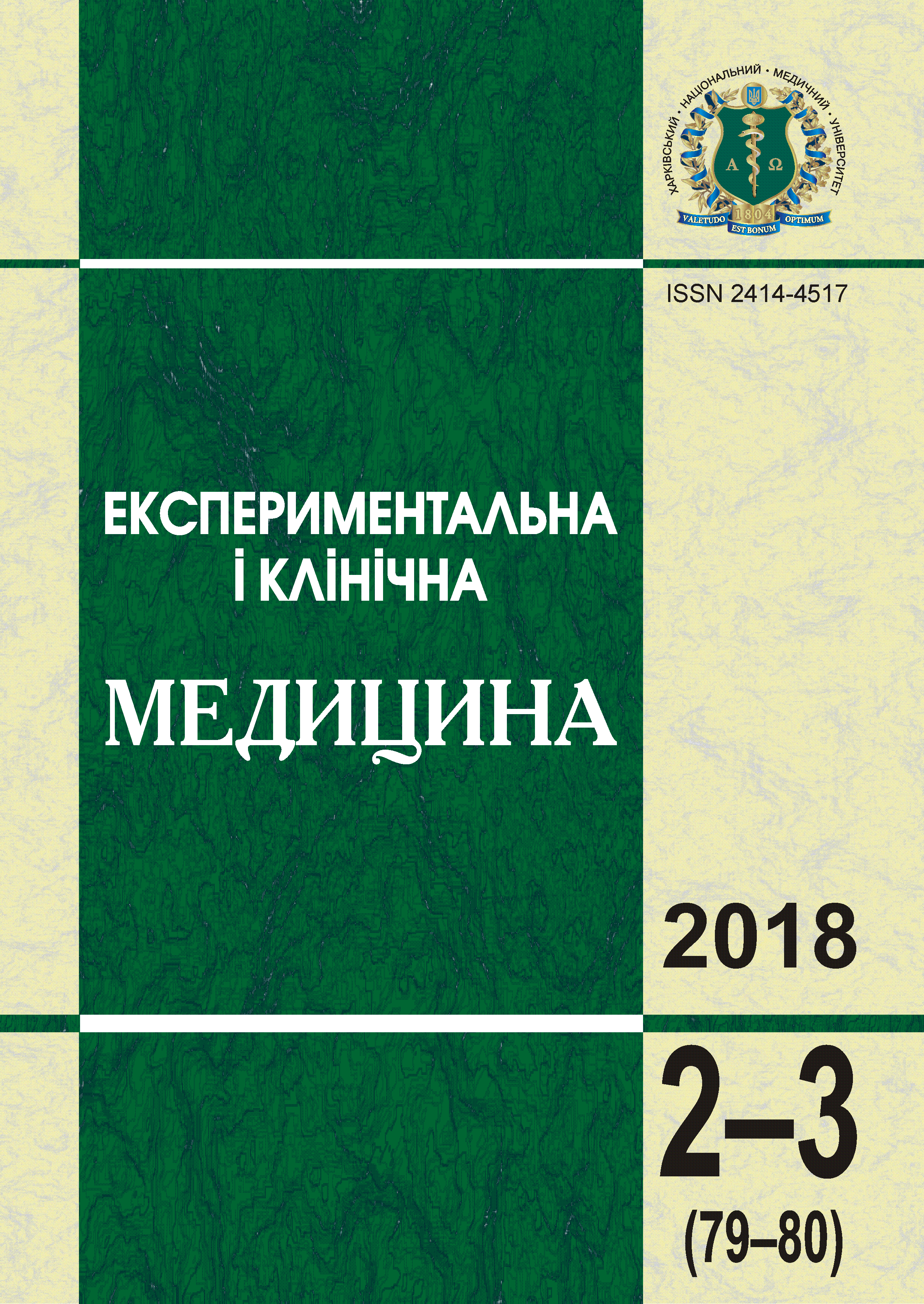Abstract
According to the results of the conducted studies, a correlation between the increase in IgA and IgM production and the increase in the degree of viral replication of the VEB was established. Activating this immune system with an increase in viral load is an important mechanism of antiviral protection for patients with VEB. Changes in the level of IgG among patients in the studied groups, in contrast to IgA and IgM, were of a multidirectional nature. Thus, when comparing the level of this indicator in patients different, an increase in IgG was observed with an increase in viral load, but in case of further increase in viral load, IgG levels decreased. This may be due to the immunosuppressive action of the "excess" quantity of VEB on the production of IgG.References
Vozianova Z.I., Gley A.І. (2004). Іnfektsiinyi mononukleoz iak polietiolohichne zakhvoriuvannia [Infectious mononucleosis as a polyetiological disease]. Suchasni infektsii – Modern infections, № 2, pp. 37–41 [in Ukrainian].
Prohorova N.А., Volochkova Е.V., Mihailovskaia G.V. (2008). Klincheskoie znachenie molecularno-heneticheskikh i serolohicheskikh issledovanii v diahnistike infektsionnoho mononukleoza [The clinical significance of molecular genetic and serological studies in the diagnosis of infectious mononucleosis]. Іnfektsionnyie bolezni – Infectious diseases, vol. 6, № 2, pp. 17–20 [in Russian].
Кrasnitskaia A.S., Borovskaia N.А. (2012). Immunolohicheskie aspekty khronicheskoho tonsillita, аssotsiirovannoho s virus Epstain–Barr [Immunological aspects of chronic tonsillitis associated with Epstein–Barr infection]. Fundamentalnyie issledovaniia – Basic research, № 4, part 2, pp. 299–305 [in Russian].
Domnikova N.P., Petrusenko E.E., Reshetnikov O.V., Ryzhykova S.L., Varaksin N.A. (2010). Uroven sivorotochnykh tsitokinov pri limfoproliferativnykh zabolevaniiah [The level of serum cytokines in lymphoproliferative diseases]. Novosti «Vector-Best» – News «Vector-Best», № 2 (56), pp. 4–7 [in Russian].
Anna M., Riccardo T., Riccardo D. (2010). The interplay between Epstein-Barr virus and the immune system: rationale for adoptive cell therapy of EBV-related disorders. Haematol. Okt., vol. 95, № 10. pp. 1769–1777.
Kimura H., Miyake K., Yamauchi Y., Nishiyama K., Iwata S., Iwatsuki K. [et al.] (2009). Identification of Enstein–Barr Virus (EBV)-Infected Lymphocyte Subtypes by Flow Cytometric In Situ Hybridization in EBV-Associated Lymphoproliferative Diseases. J. Inf. Dis., vol. 200, № 7, pp. 1078–1087.
Lauzurica R., Frias C., Bayes B., Ausina V., Romero R. (2005). Variability of Epstein–Barr virus serological markers in adult kidney transplantation recipients. Nefrologia, vol. 25, № 2, pp. 185–190.
